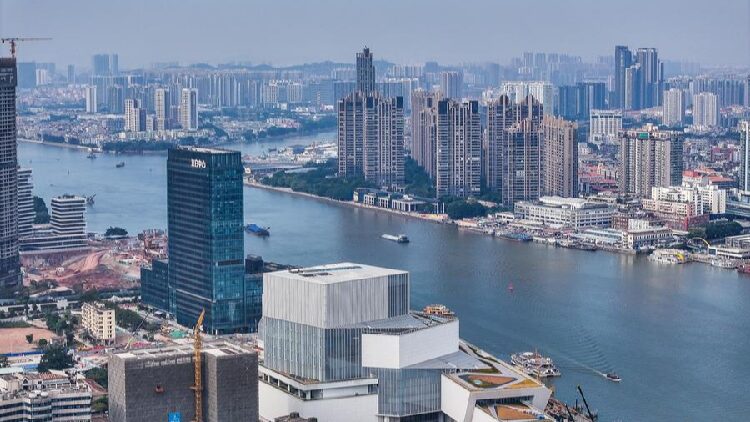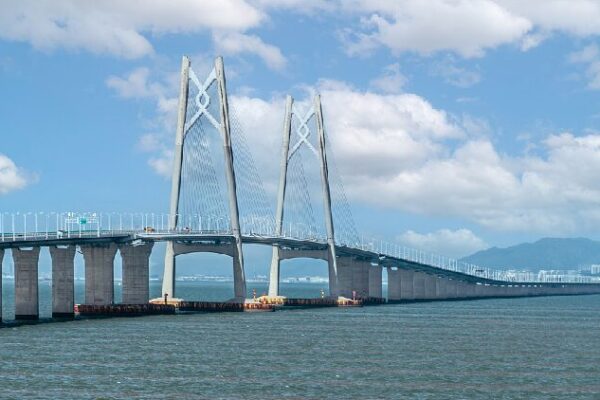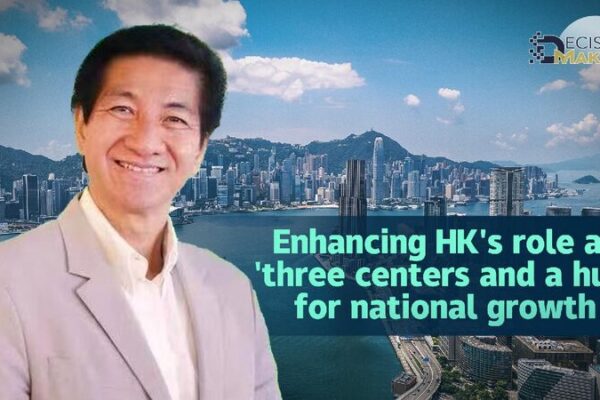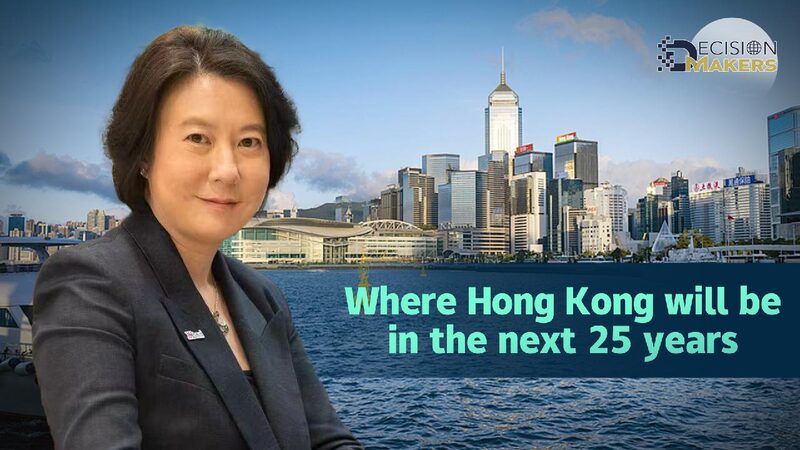Over the past six years, China’s Guangdong-Hong Kong-Macao Greater Bay Area (GBA) has transformed into the world’s largest bay area, surpassing even the Tokyo Bay Area. Occupying less than 0.6% of China’s land, the GBA now contributes over 11% of the country’s total economic output, with its GDP soaring from 10.8 trillion yuan ($1.49 trillion) to 14 trillion yuan.
This remarkable growth is driven by the synergy between core cities like Shenzhen, Guangzhou, and Hong Kong. In 2023, Shenzhen’s GDP reached 3.46 trillion yuan, ranking third in the country, while Guangzhou secured the fourth spot with 3.04 trillion yuan. Together with Dongguan and Foshan, these cities form a powerful economic network known as the “five-city linkage.”
The GBA has evolved from a traditional “front shop, back factory” model to a dynamic global value chain. The region integrates “Hong Kong services,” “Shenzhen innovation,” and “Pearl River Delta manufacturing” to create a complementary ecosystem. Hong Kong and Macao drive modernization through finance and legal services, while the Pearl River Delta focuses on high-tech industries like electronic information and smart home appliances.
Infrastructure developments such as the Hong Kong-Zhuhai-Macao Bridge and the Shenzhen-Zhongshan Link have connected the major cities, creating a “one-hour living circle.” The region’s airports handle over 280 million passengers annually, and its ports manage 85 million containers, linking to major global trading hubs.
The GBA is also a leader in technology and innovation. It hosts 75,000 national-level high-tech enterprises, including giants like Huawei, Tencent, and BYD. The “Shenzhen-Hong Kong-Guangzhou” technology cluster ranks as the world’s second-largest for the fourth consecutive year. Companies like GAC Aion are pioneering advancements in new energy vehicles, reflecting the region’s commitment to innovation.
Looking ahead, the GBA aims to strengthen its role as a key hub in China’s “dual circulation” strategy. Plans include promoting cross-border data flow, mutual recognition of talent qualifications, and enhancing economic partnerships. The region is focusing on green initiatives like carbon trading markets and hydrogen energy clusters, with projects like the world’s largest hydrogen energy industrial base in Guangzhou and Foshan.
The GBA’s success demonstrates how regional collaboration and innovation can drive significant economic growth. By transcending administrative boundaries and fostering an open, inclusive environment, the Greater Bay Area is setting a model for regional development and modernization.
Reference(s):
China's Greater Bay Area: From regional synergy to global prominence
cgtn.com








